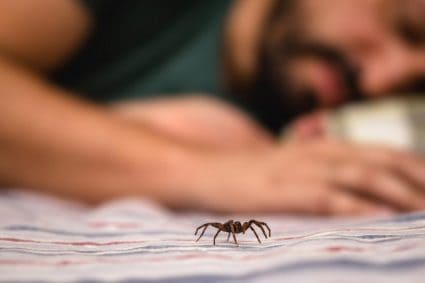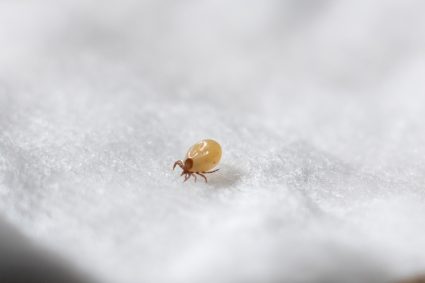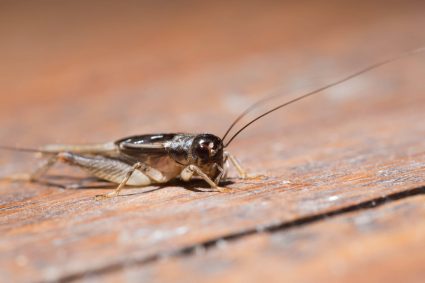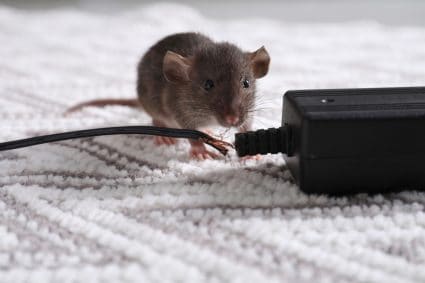
Many rely on DIY methods or store-bought remedies to deal with rat infestations. However, these methods are often ineffective and, when misused, can be hazardous to pets and humans in the house.
This is where a rat exterminator comes in as a trained expert with superior knowledge. So, what do they do when they come in to remedy rat infestations? Let’s settle that here!
Handling rat infestation yourself can sometimes be extremely overwhelming. For complete rat eradication, especially in cases of severe infestations, the best and safest way out is to hire professional rat exterminators to do the job.
You can expect a typical rat eradication by professional rat exterminators to involve the following processes:
- A pre-inspection interview with the client
- Building inspection for signs of a rat infestation
- Evaluation and recommendations
- Removal and exclusion
These are the four major processes involved.
Below, we discussed what rat exterminators do in each stage:
In the subsequent sections, we will analyze what professional rat exterminators do to remedy rat infestation problems and answer some frequently asked questions about rat extermination.
What Steps Do Rat Exterminators Take?
Rat exterminators are pest control experts that deal mainly with rats. They may also handle mice and other rodents like squirrels, possums, and raccoons.
These pest control experts know the best and safest techniques to deal with your rat infestation problem.
Below, we analyze what a rat exterminator does and what you can expect from at-home rat extermination:
1. Pre-Inspection Interview With Clients

The first thing any professional rat exterminator will do before commencing work in a rat-infested house is to interview the client.
This helps provide contexts so that the exterminator knows what they are dealing with and takes an informed approach to the problem. This step comes before recommending or putting control measures in place.
When done correctly, a pre-inspection may help to save time and money later during the rat extermination process. The exterminator knows what to expect and prepares better for it.
2. Building Inspection for Signs of a Rat Infestation

A proper building inspection involves the detailed examination of the indoors and outdoors of a home by trained rat exterminators. In cases like this, exterminators look for tell-tale signs of a rat infestation.
These include gnawed holes, rat droppings, urine smell, gnaw marks, scampering noises, and more. The most effective tool for a building inspection is a trained and experienced eye.
But to boost their efforts, rat exterminators often come with specialized tools. These can range from motion detectors to moisture meters and thermal imaging cameras.
The building inspection involves two steps – outdoor and indoor inspections:
- During an outdoor inspection, a rat exterminator will walk around your building, looking for cracks and holes. They look for possible entry points like doors, windows, and pipes.
- This helps them narrow down the infestation if it is only inside the house or all over the yard.
- After the outdoor inspection, the exterminator will move indoors for phase two of the inspection process. Once inside, they will focus on basements, attics, cupboards, wardrobes, and baseboards.
These are likely places for rats and other rodents to hide. As they inspect, rat exterminators watch out for droppings and other traces of rat presence.
They pay special attention to damp areas and other places that collect moisture in the house. This is because most pests are drawn to moist areas more than dry ones.
The rat exterminator typically uses a flashlight to do this part of the inspection.
3. Evaluation and Recommendations

After the thorough inspection, the rat exterminator will sit you down to evaluate the situation and recommend solutions.
There are two possible outcomes:
- One – that they did not find anything suspicious.
- Or that they did and will recommend a strategy to handle it. But if they find infestation signs, they will only fortify your house to prevent rodents from getting ideas.
A standard evaluation provides answers to your possible questions. For example, the rat exterminator can estimate how long you’ve lived with an infestation after studying the level of damage.
They can also tell if the rat population is minimal or a full-blown infestation. The answer to this question determines the best removal methods to deploy.
Sighting one or two rats in your house indicates that the rat population in your home is small. But if exterminators spot multiple rats in a day, it suggests that the population is large.
During an evaluation, it is standard procedure to review your past capture history. The exterminator can then determine what works and where modifications are needed.
Too many times, people do the same thing over and over again, yet the rats keep returning. Expert exterminators can recommend what strategies to stop and which to continue.
The rule of thumb here is to continue what works and stop what does not.
Finally, the exterminator will discuss the conducive conditions they spotted that keep attracting rats. These can include food spills, vegetation growing against the wall, overflowing bins, water leaks, and the like.
All these and more form part of the evaluation and recommendation stage.
Exterminators will discuss everything they noticed during the building evaluation with the client. Then, draw up strategies to handle the specific case.
4. Removal and Exclusion

After the evaluation and recommendation stage, the next step rat exterminators will take will be to remove the rats quickly from your building.
As professionals, rat exterminators use professional strategies to deal with rat infestation problems permanently.
For example, they can place bait stations around your house with a lethal chemical to capture and kill rats. This chemical is safer and more effective than the store-bought options.
Rats are attracted to the rodenticides on the bait stations. After ingesting the lethal chemical, rats return to their nests to die.
Exterminators may also use a range of rat traps, like the standard snap trap and the hydro-trip trap. This last method involves using compressed air to kill many rats at once.
After the successful elimination of the rat population is the exclusion stage. Exclusion is the most critical step after removing rats from their hiding.
The reason is that extermination is incomplete and pointless if the rats can still find their way back.
Exclusion typically involves filling holes with cement or some other material like an excluder made from steel wool. Rat exterminators also look out for broken or ripped screen doors and remove all potential food sources.
- One exclusion method is to cover vents with a thick steel mesh that rodents can not gnaw through.
- Another way is to seal gaps surrounding utility lines and cables with mesh or caulking. This will prevent rats from re-entering through these gaps.
Other long-term remedies include home seal-ups. This involves finding and sealing all open seams, nooks, and crannies throughout your house.
As part of the extermination service, most pest control experts repair the damage caused by rodents. These rats tend to leave their droppings all over the place, tear insulation, and build their shelter in your house.
Many rat extermination services include thoroughly cleaning up and disposal of rat mementos. That way, you can return to your house without worrying about cleaning, either by yourself or engaging a professional cleaning service provider.
Conclusion
Having rats in a building is a cause for concern as they can spread diseases through their bites. They may also cause structural damage that may be difficult to remedy to fixtures in the house.
Rats can chew wiring cables and cause electrical problems. For these reasons and more, it may be necessary to call professional rat exterminators to handle the situation.
In the guide above, we described the processes involved when professional rat exterminators handle the infestation.
- Usually, rat exterminators will conduct pre-inspection with clients and inspect the building for signs of rat infestation.
- Next, they evaluate the infestation situation and recommend solutions.
Finally, they remove the rats and seal-up openings to prevent rats from re-entering.
Frequently Asked Questions
How Long Does a Rat Extermination Take?
The duration typically depends on the level of the infestation. Minor infestations can take a rat exterminator between two to six weeks to remedy.
However, if the case is more severe, it can take up to a month or three months in some cases.
Can Rats Return After an Infestation?
As long as there is room for re-entry, rats will keep coming to your house. Extermination or not, animals will typically return to places where they can get food and shelter.
So, after extermination, board up all holes and open vents through which rats got access.












